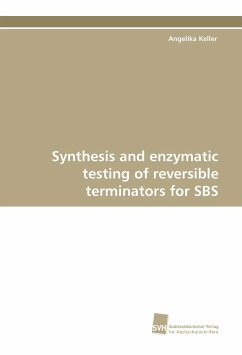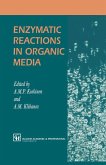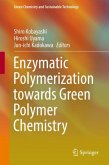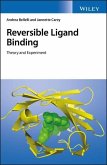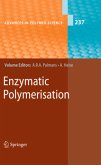Based on the state-of-the-art DNA sequencing method - Sanger sequencing - the major aim of future research is to develop a cost-effective and gel electrophoresis-free sequencing method. These new sequencing technologies - such as the so-called sequencing-by-synthesis method (SBS) - should be able to detect DNA mutations faster and more accurate than the currently available sequencing technique. The function of a reversible terminator used for SBS is as follows: 3 -modified, dye-labeled nucleotides are incorporated by the polymerase complementary to the DNA-template (as already known from Sanger sequencing) stopping the DNA-synthesis immediately. After detection of the fluorescent signal, the reversible terminator has to be cleavable in such a way (here: the 3 -modification) that the DNA-synthesis can continue (i. e. reversible termination). Thus SBS enables a step-by-step chain elongation with a direct read-out of the sequence via fluorescent signals. This PhD thesis covers thesynthesis of 3 -modified nucleosides as key compounds for these terminators and the evaluation of suitable 3 -modification cleavage conditions.

